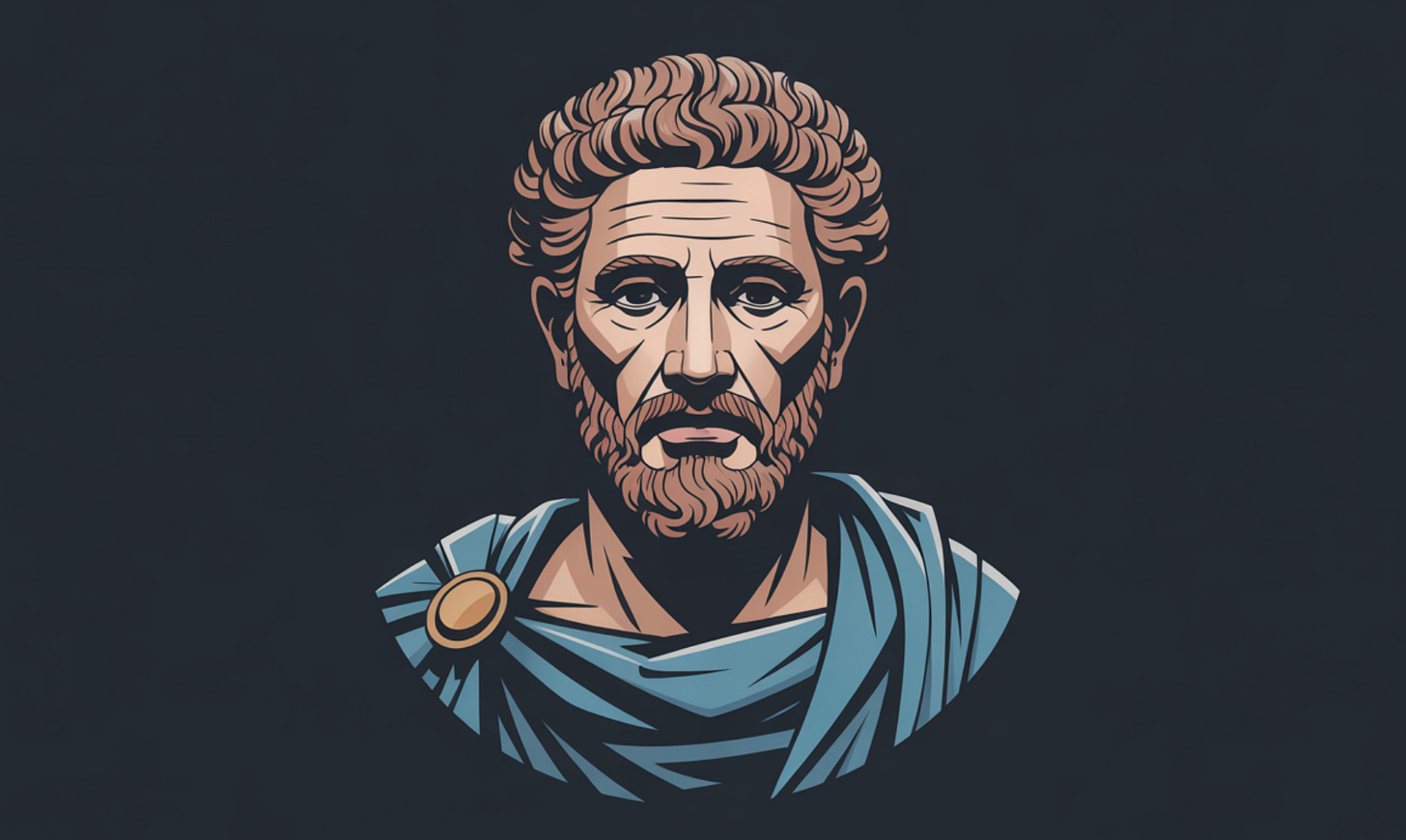Everything I build will die
And I'm building anyway
It’s 2:47 AM and I’m staring at my GitHub contribution graph again.
That glorious wall of green squares. Each one a dopamine hit. Each one proof that I’m creating. That I’m shipping. That I’m the builder I wanted to be.
302 days of this. Few breaks.
But an intrusive thought slips in: Will any of it matter in 302 more?
“More software should die young,” I write. I built tny.dev for URL shortening. Explicitly designed to be outgrown. Hell, I market the fact that you should leave within 18 months.
Build small, build specific, and remember: more software should die young.
I meant every word.
But here’s what I didn’t write about: What happens if you internalize that philosophy so that everything you touch feels temporary?*
When implementation compresses from months to hours. When the barriers between thought and reality dissolve: you start building like you’re writing in sand at low tide.
Beautiful. Intricate. Doomed.
In April I wrote about “enduring darlings.” About Apple and Nvidia and GitHub. About things that last. About trust being “half love and half proof.”
I wrote about patience being the moat in a world obsessed with speed.
In it thoughts about rigor. Craft. About the “smooth metallic chamfer on your iPhone”.
And then I went back to building disposable software deep into the night
You see this problem?
I’m advocating for both cathedrals and sandcastles. Permanence and ephemerality. The long game and the quick hit. I’m telling you to move fast and also to slow down. To build things that matter and also to build things designed to die.
Which is it, Greg?
Sandcastles or Cathedrals
Truth: I don’t actually always know what I’m building for.
Is SpecStory, this company I co-founded, this thing consuming my days… is it meant to last? Or is it just another experiment?
When I left Pluralsight and no longer had that fortress calendar and the large team and that executive title, I told myself I was finally free to build a thing that mattered.
The ancient cathedrals took generations. The architects who laid the first stones never saw the finished spires. They built knowing they were part of something larger than their own lifetime.
I build today knowing my work might not survive the next frontier model update.
So remember this principle when something threatens to cause you pain: the thing itself was no misfortune at all; to endure it and prevail is great good fortune. — IV. 49
The Building Itself
Maybe and I’m just starting to think this through… maybe the only durable thing is the practice of building.
Not what I build. But that I do.
Everything I’ve shipped in the last 302 days will probably be gone or obsolete within a year.
But the muscle of creation? The skill of translating intent to reality? The confidence to think “I wonder if I could...” and then just do it?
That compounds.
That lasts.
You know what’s funny? I’ve written 75 of these meditations now. They total over 127,000 words. More than most books.
But they’re disposable too. They’re artifacts of a moment in time. Late 2024, through 2025, when AI coding agents were new enough to be revolutionary but old enough to feel inevitable.
In five years, they’ll read like letters from a quaint era. Remember when people were excited that AI could write code?
How charming.
But I keep writing them anyway.
Because the writing itself creates a discipline that: leads to thinking clearly enough to teach, of wrestling ideas into words, of showing my work. That’s building something more durable than the artifacts.
The Honest Answer
I don’t build for permanence. I can’t. The world moves too fast and I move with it.
But I also don’t build for pure disposability. That’s a cope. That’s what I would tell myself so failure doesn’t sting.
I build because the alternative is not building.
I build because the act of creation (even temporary creation) is how I understand the world. It’s how I think.
It’s how I process being alive right now, in this moment, with these tools, with this brain, with this ridiculous fortune of being able to make things.
The sandcastles wash away. Of course they do.
But the person who learned to shape sand into castles? The person who can look at a stretch of beach and see possibility?
That person remains.
If you’re like me and you’re building in this new era where implementation is cheap and everything feels temporary you probably feel this tension too.
Should you pour months into something that might be obsolete by launch? Should you chase “product-market fit” or just ship and move on? Should you optimize for virality or sustainability? Speed or depth?
I used to think these were choices. Binary options.
Now I think they’re false dichotomies.
Build the cathedral knowing it’s made of sand. Build the sandcastle with cathedral-level craft. Let velocity and patience coexist.
Create disposable things with durable skill.
The paradox isn’t a bug. It’s the only honest way to work in a world where everything is temporary except the practice itself.
The Green Squares
I’m going to keep staring at my contribution graph. I’m going to keep building. Tomorrow I’ll probably start another project that won’t matter in six months.
And that’s okay.
Because 302 days ago I couldn’t build any of this. 302 days from now I’ll be able to build things I can’t even imagine yet.
The work dies. The worker evolves.
Maybe that’s enough.
Maybe that has to be enough.
Everything I build will die.
And I’m building anyway.
Not despite the impermanence.
Because of it.



Great read! Maybe that’s the whole point. Hammer, get hammered, build some muscles, and leave one day.
Keep building!